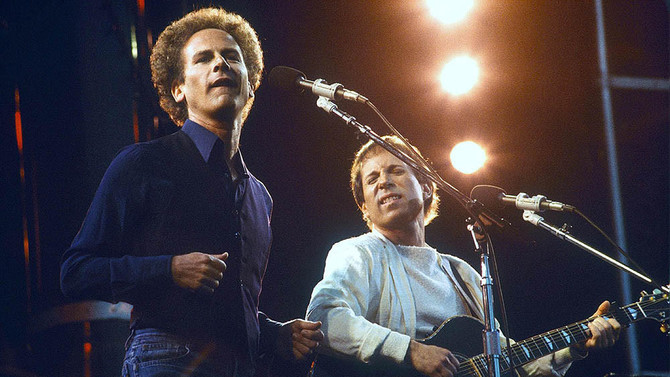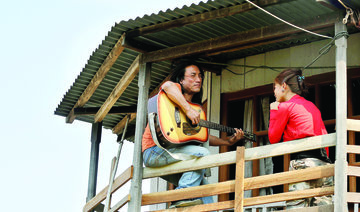CHENNAI: Shaad Ali’s “Soorma” is the latest Bollywood sports biopic in a long line of films in the genre — “Chak De India,” “Mary Kom,” “MS Dhoni: The Untold Story” and “Dangal.” However, Soorma stands out because of its ability to steer clear of cinematic sensationalism and exaggerated dramatic curves. Based on the life of Indian hockey player Sandeep Singh, Ali’s work relies on sheer simplicity to narrate an amazing story.
A turning point in Singh’s (played by Diljit Dosanjh) life came when he suffered a grievous spine injury while on his way to the World Cup — a gunshot wound left him in a wheelchair and seemingly unable to play. However, good times came knocking when the well-meaning boss (Kulbhushan Karbhanda) of a hockey academy and Singh’s own sarcastic and witty coach (Vijay Raaz) ensure that the player gets top notch medical treatment. Six months later, Singh is back not only in India, but also in the team and goes on to smash records.
Behind all this is Harpreet (portrayed with subtle brilliance by Taapsee Pannu), another hockey player who pushes Singh perfect his game. Interestingly, the romance between Harpreet and Sandeep is told without distracting from the main narrative as is so often the case when a love story plays out on screen.
If she helps him learn the finer points of the game, his elder brother Bikramjeet Singh (Angad Bedi) discovers that Singh has a rare talent which he seems to have developed while driving away birds from fields and it is the discovery and molding of this talent that is such a pleasure to watch as it unfolds on the big screen.
The film belongs to Dosanjh, who weaves through his part as dexterously as the real-life sports star plays on the field.
Subtle and simple, ‘Soorma’ is unlike any other sports biopic
Subtle and simple, ‘Soorma’ is unlike any other sports biopic

- Shaad Ali’s “Soorma” is the latest Bollywood sports biopic in a long line of films in the genre
- oorma stands out because of its ability to steer clear of cinematic sensationalism
Paul Simon to mark touring retirement with new album

- Preparing for his live finale Simon said he will on September 7 release a 14th solo studio album
- Paul Simon: It’s an unusual occurrence for an artist to have the opportunity to revisit earlier works and rethink them
NEW YORK: Folk rock legend Paul Simon on Thursday announced an album with fresh takes on previously released songs as he prepares to retire from touring.
The former half of Simon and Garfunkel, who pioneered world music fusion in the 1980s, previously said that he will stop touring after a September 22 concert at Forest Hills Stadium in the New York borough of Queens, where he grew up.
Preparing for his live finale, Simon said he will on September 7 release a 14th solo studio album, “In the Blue Light,” in which collaborators joining him to reinterpret his songs.
“It’s an unusual occurrence for an artist to have the opportunity to revisit earlier works and rethink them; to modify, even completely change parts of the originals,” Simon, 76, writes in the liner notes, according to a statement announcing the album.
“I hope the listener will find these new versions of old songs refreshed, like a new coat of paint on the walls of an old family home.”
The album will not feature his best-known hits such as “You Can Call Me Al” or “Me and Julio Down by the Schoolyard.”
Instead it will emphasize lesser-known tracks such as the surrealist-inspired “Rene and Georgette Magritte With Their Dog After the War.”
Star guests will include the iconic jazz trumpeter Wynton Marsalis on “How the Heart Approaches What It Yearns” and “Pigs, Sheep and Wolves” as well as Bryce Dessner, the composer and guitarist of indie rockers The National who arranged a new take of “Can’t Run But,” Simon’s 1990 song about the Chernobyl nuclear disaster.
“Can’t Run But” appeared on “The Rhythm of the Saints,” in which Simon incorporated the sounds of Brazil. The album followed his career-reviving 1986 album “Graceland,” in which Simon found a new voice by working with South African musicians.











